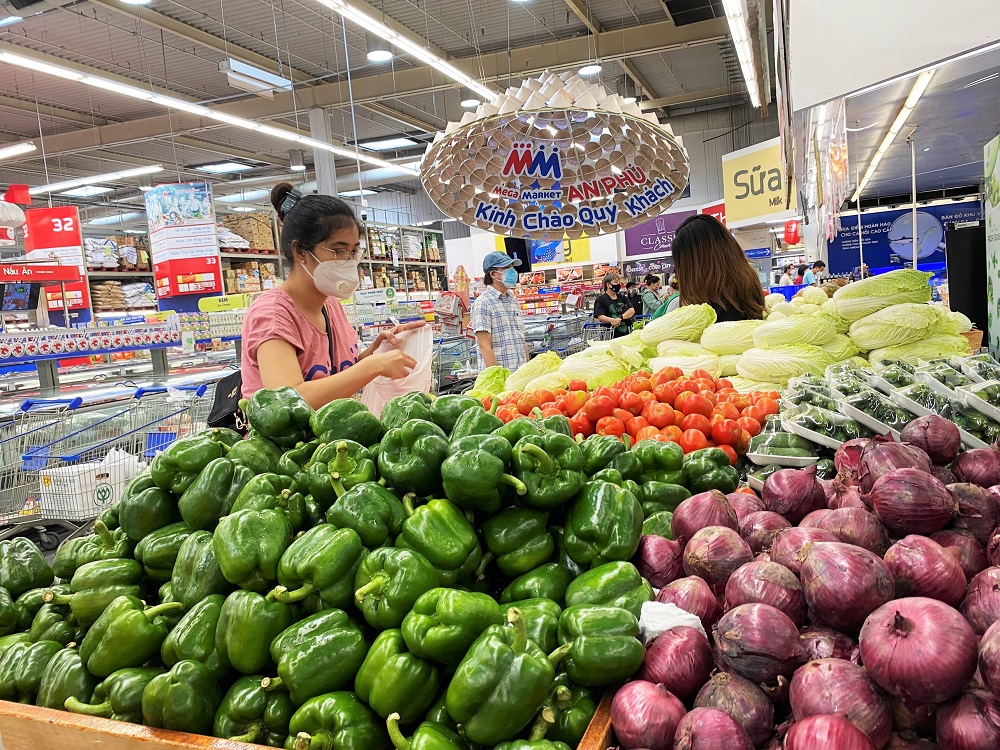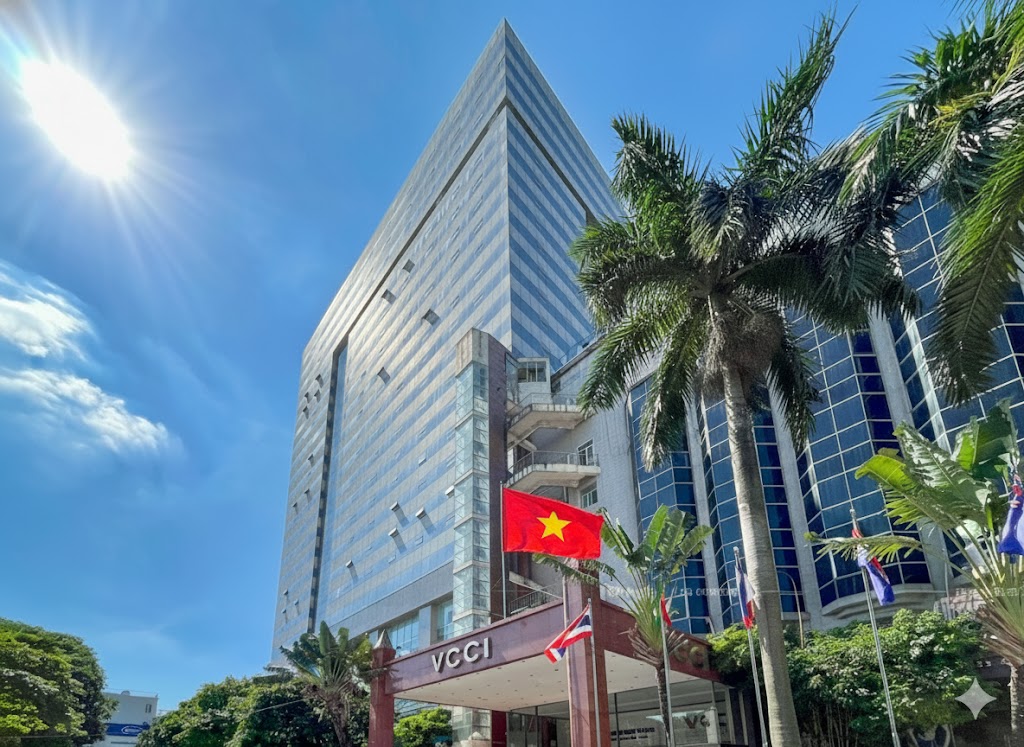Inflation for 2025 may remain under control
MBS expects the Vietnamese average CPI for 2025 to increase by 3.9% yoy - lower than the government’s target of 4.5% - 5%.

Vietnam's CPI in March decreased by 0.03% mom and increased by 3.1% yoy – significantly lower than the 4% increase recorded in March 2024, thanks to declines in global fuel and rice prices. On average, CPI in the first three months of 2025 increased by 3.2% yoy, remaining well under control and below the Government’s target range of 4.5% - 5%. Meanwhile, core inflation rose by 3%.
In March, food and catering services (3.8% yoy), driven by a 4.5% yoy increase in foodstuffs due to a 32% yoy increase in pork prices amid supply shortages, contributed greatly to the rise in overall CPI. Additionally, the medicine and healthcare services group soared by 14.6% yoy due to the adjusted healthcare service prices contributing further to the uptrend of CPI.
Elsewhere, the housing and construction materials group index inched up by 5.3% yoy due to a 7.3% yoy increase in house rental prices as rising real estate prices in recent months prompted landlords to adjust rental rates accordingly.
Conversely, the transport group experienced a decrease of 4.1% yoy as domestic gasoline and oil prices fell by 13.8% yoy due to concerns that tariff woes would slow down the global economy and reduce energy demand, while OPEC is planning to increase supply from May 2025.
On average, for the first 3M2025, CPI surged by 3.2% yoy (while CPI in 3M2024 increased by 3.8% yoy). The inflationary uptrend slowed thanks to several factors, including a 9.7% yoy decline in gasoline and oil prices and a 0.6% decrease in education costs, as some provinces and cities waived or reduced tuition fees for the 2024–2025 academic year.
In contrast, key factors contributing to the increase in the average CPI include: a sharp 12.5% rise in pork prices due to supply shortages; a 5.1% yoy increase in electricity prices following EVN’s price hike in Oct 2024.
MBS expects the average CPI for 2025 to increase by 3.9% yoy - lower than the government’s target of 4.5%–5%, based on the following factors:
First, global oil prices are expected to fluctuate around 70 USD/barrel in 2025, lower than the 77 - 82 USD/barrel range in 2024 due to a weak demand-supply balance.
Second, the food price pressures are expected to ease due to ample supply following India’s removal of its rice export ban; however, the impact may be limited as the decline in rice prices could be partially offset by surging pork prices.
Third, the educational price pressures are expected to cool moderately thanks to the nationwide tuition fee exemption for all students from preschool to high school in the 2025 - 2026 academic year. However, retail electricity prices are expected to continue rising this year as the supply of low-cost electricity sources declines, forcing EVN to shift its focus toward developing new power sources under Power Plan 8, which prioritizes renewable energy - a higher-cost alternative requiring significant capital investment.
Fourth, construction steel prices are expected to inch up, driven by higher construction demand and the Ministry of Finance's anti-dumping tax measures.
Fifth, the widespread geopolitical conflicts and the US’ potential policy shift could lead to supply chain disruptions and drive up commodity prices, which, in turn, raises the risk of imported inflation.








